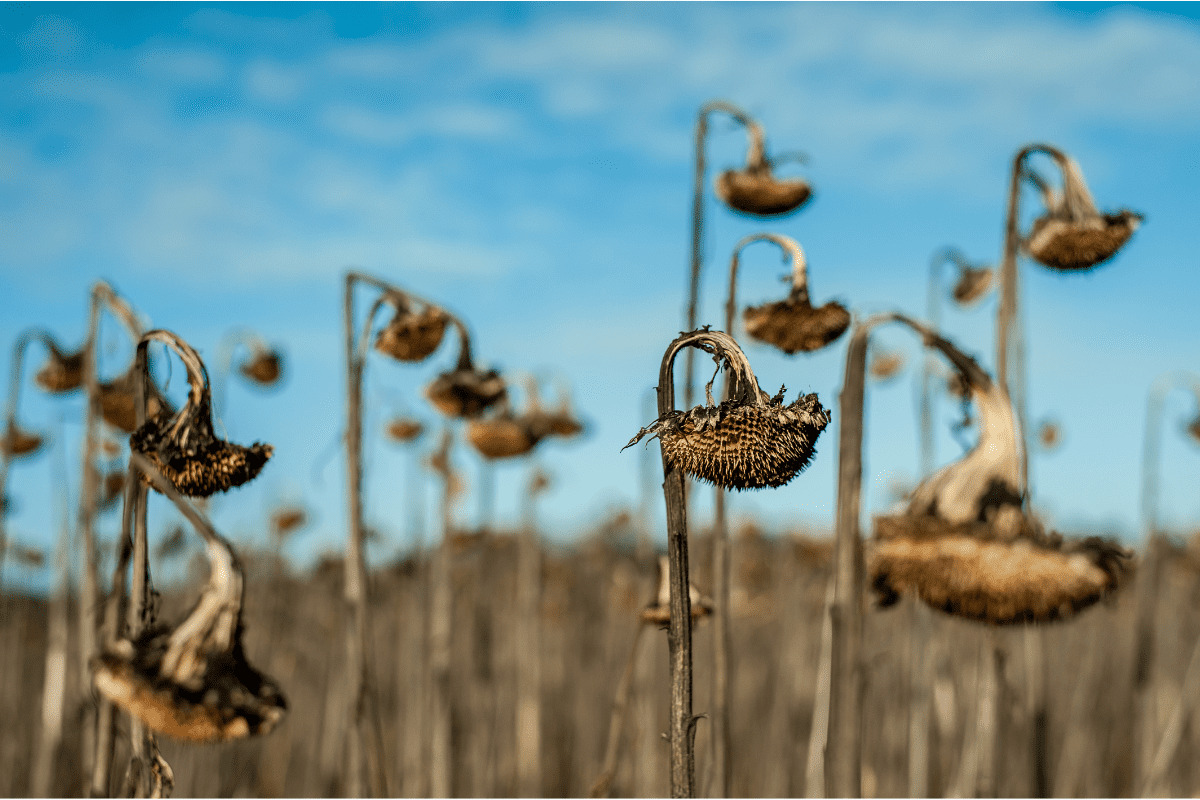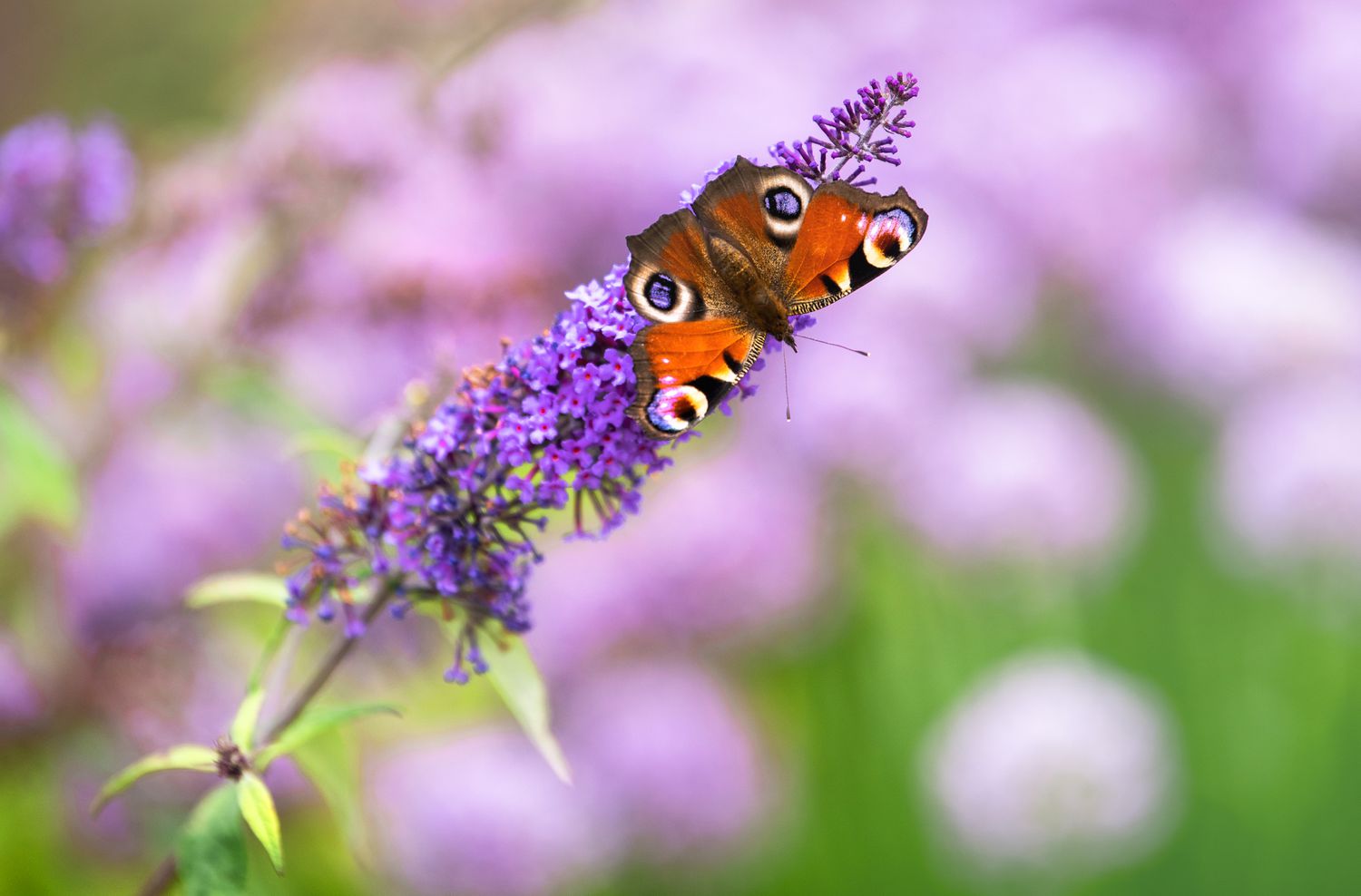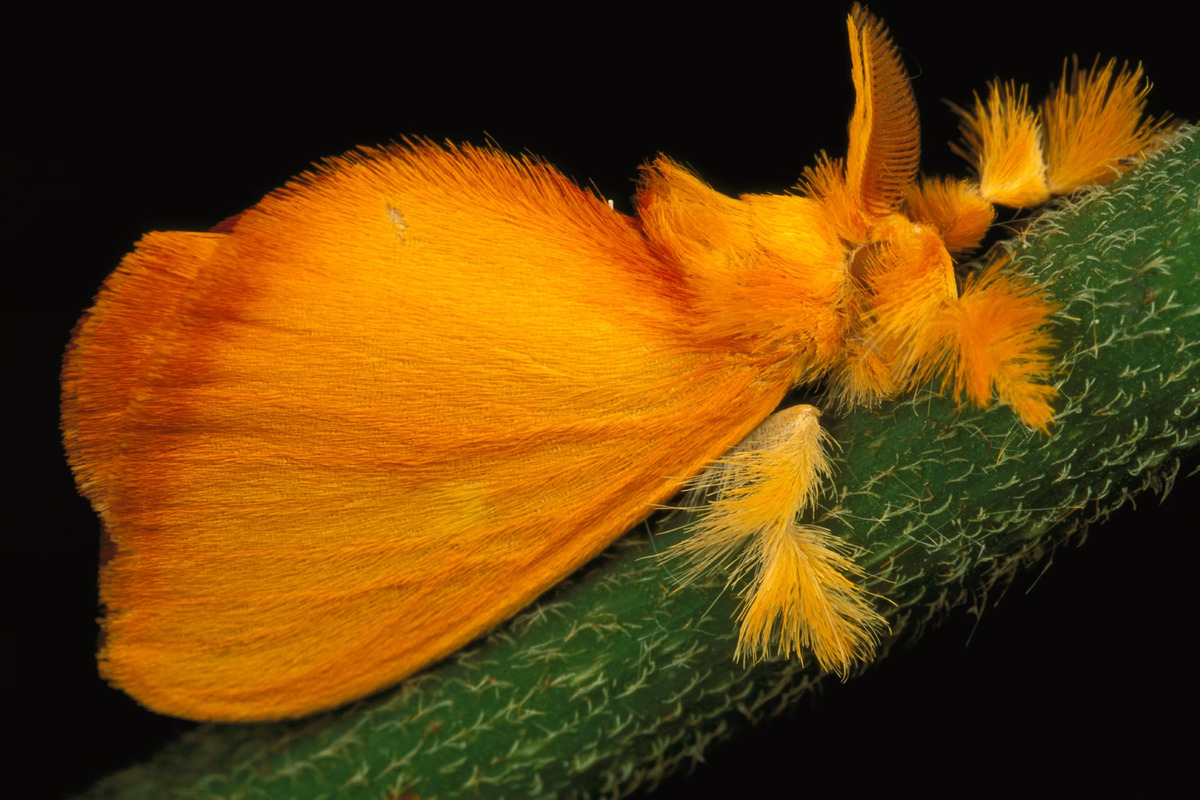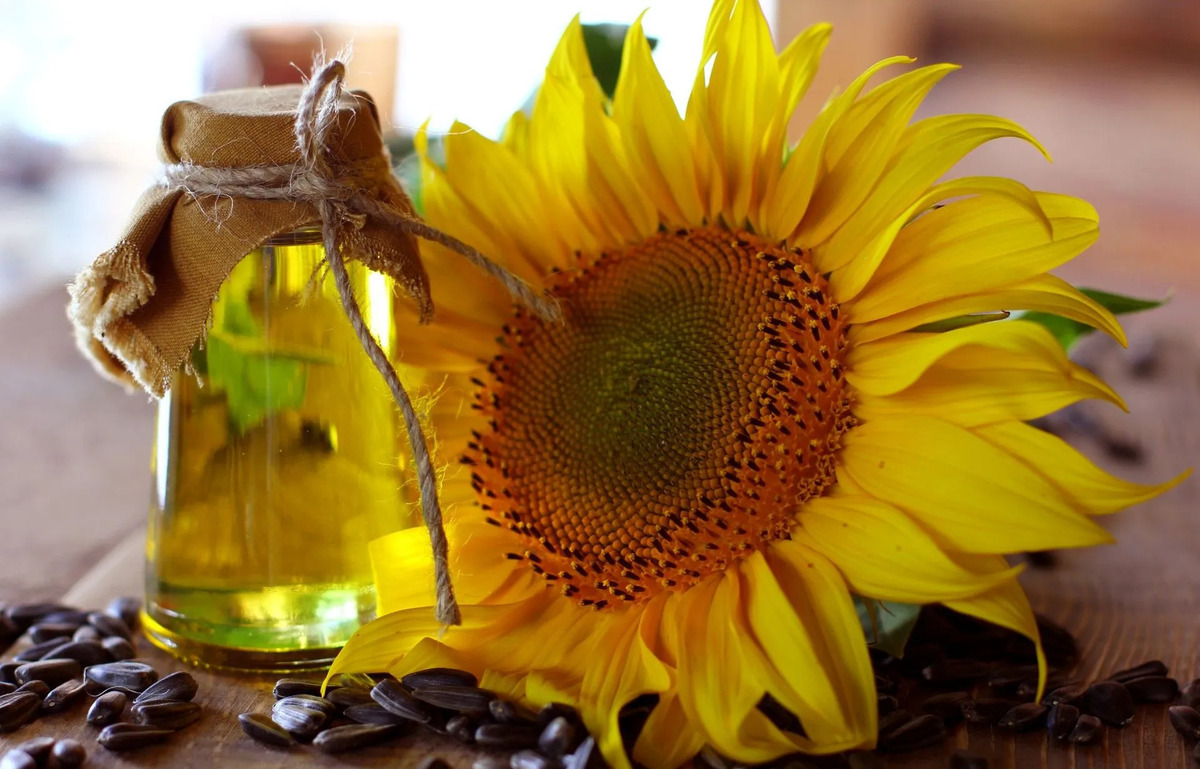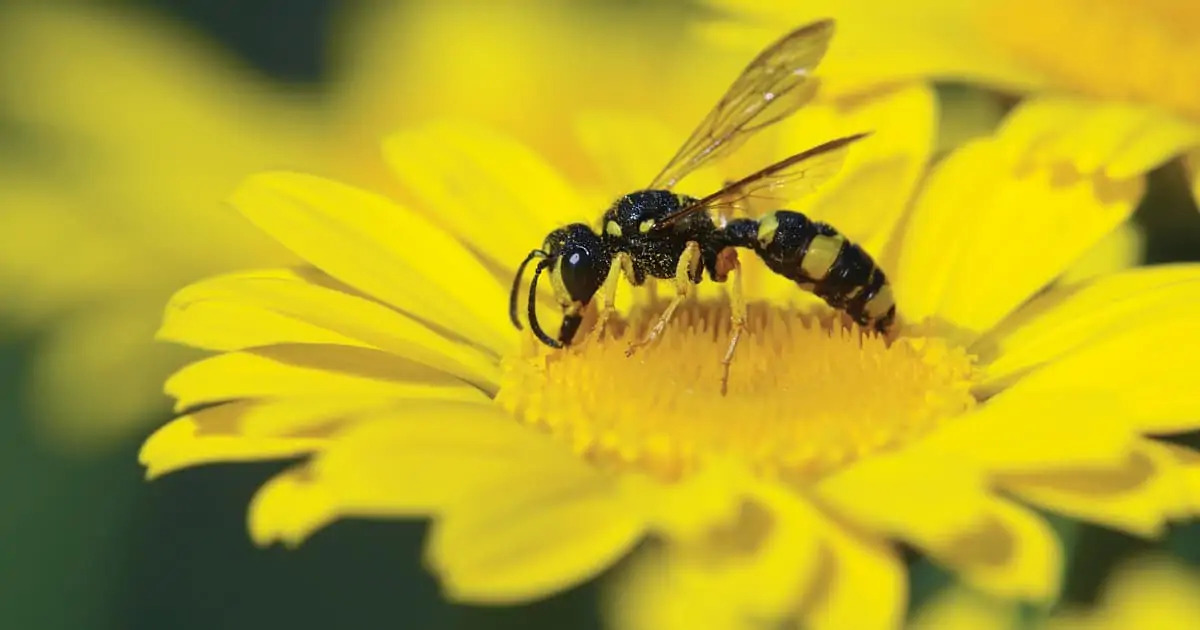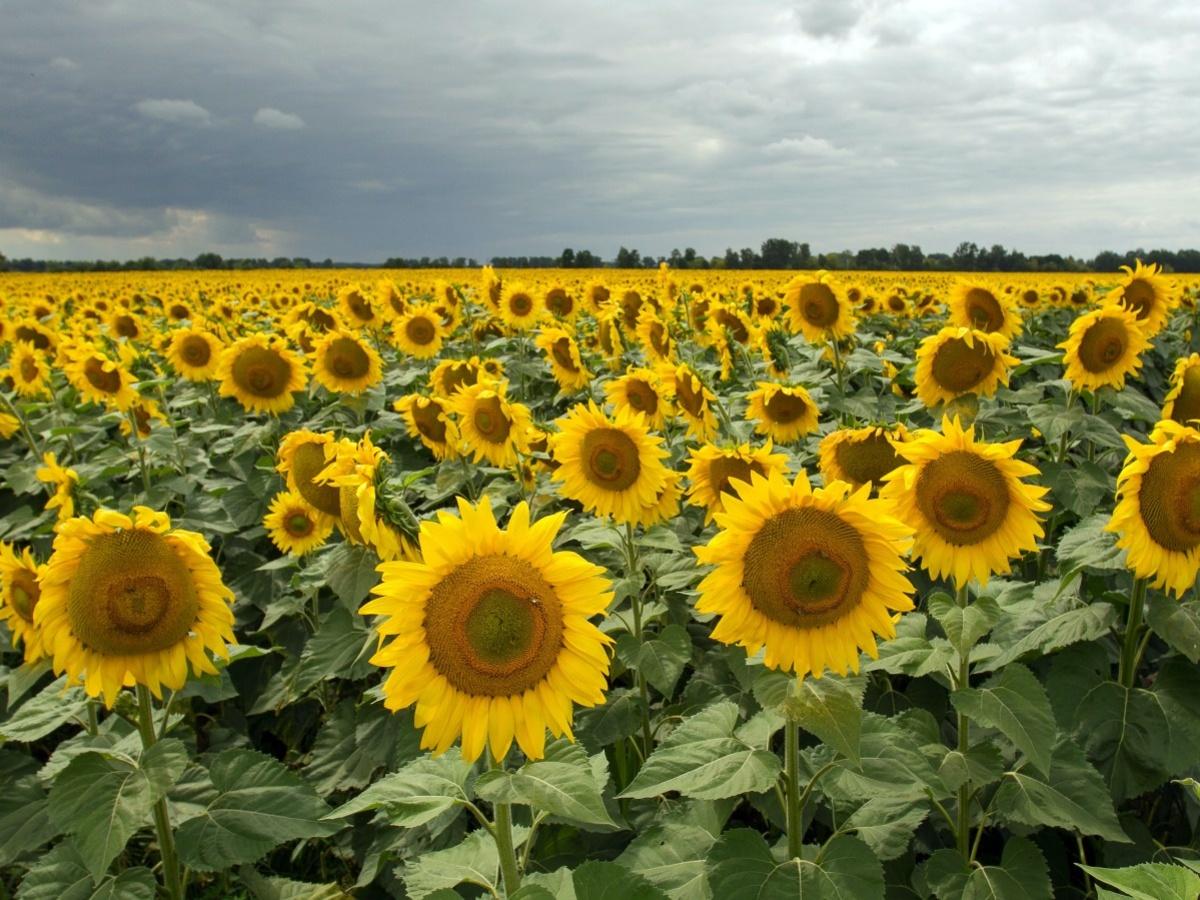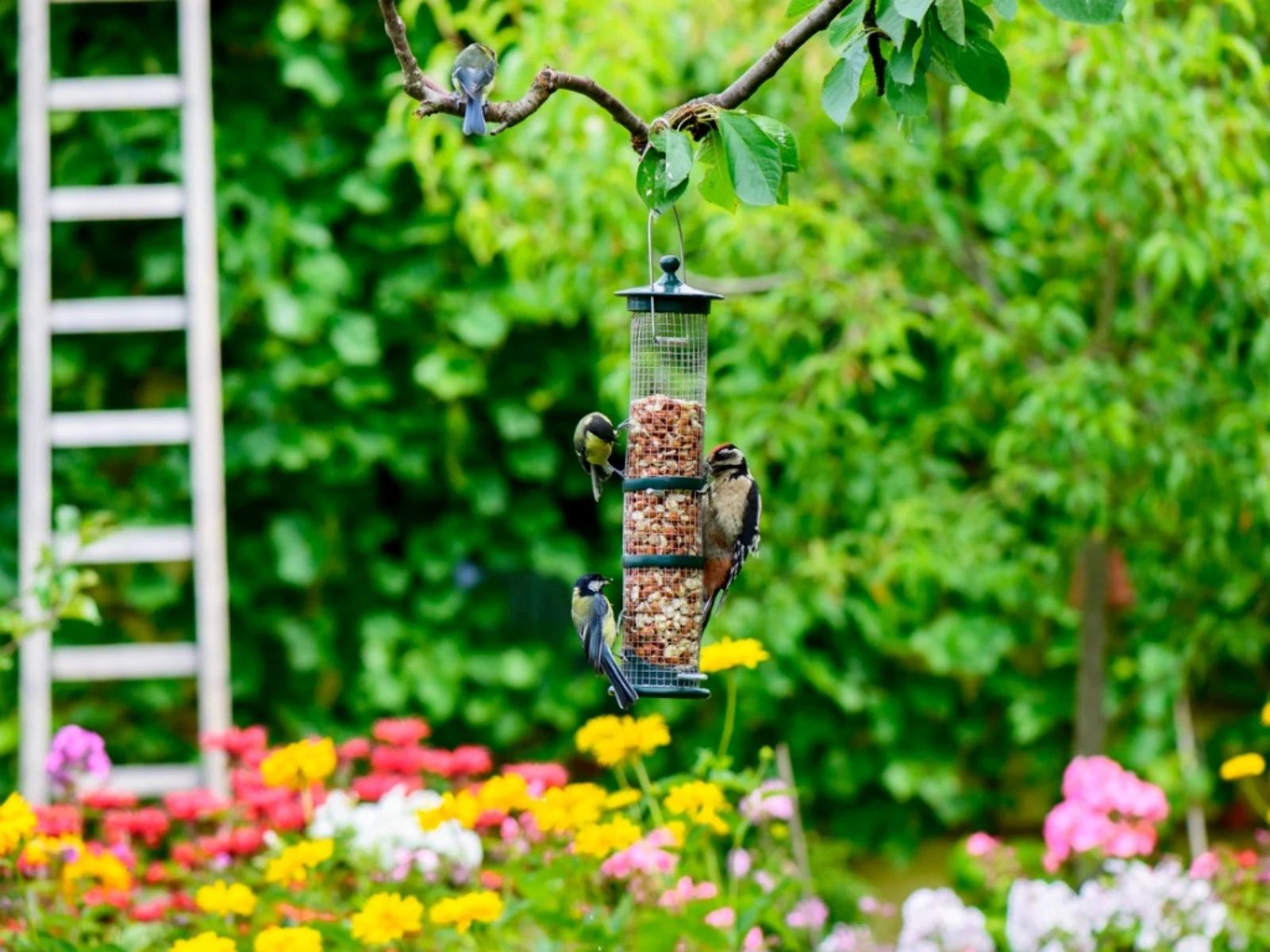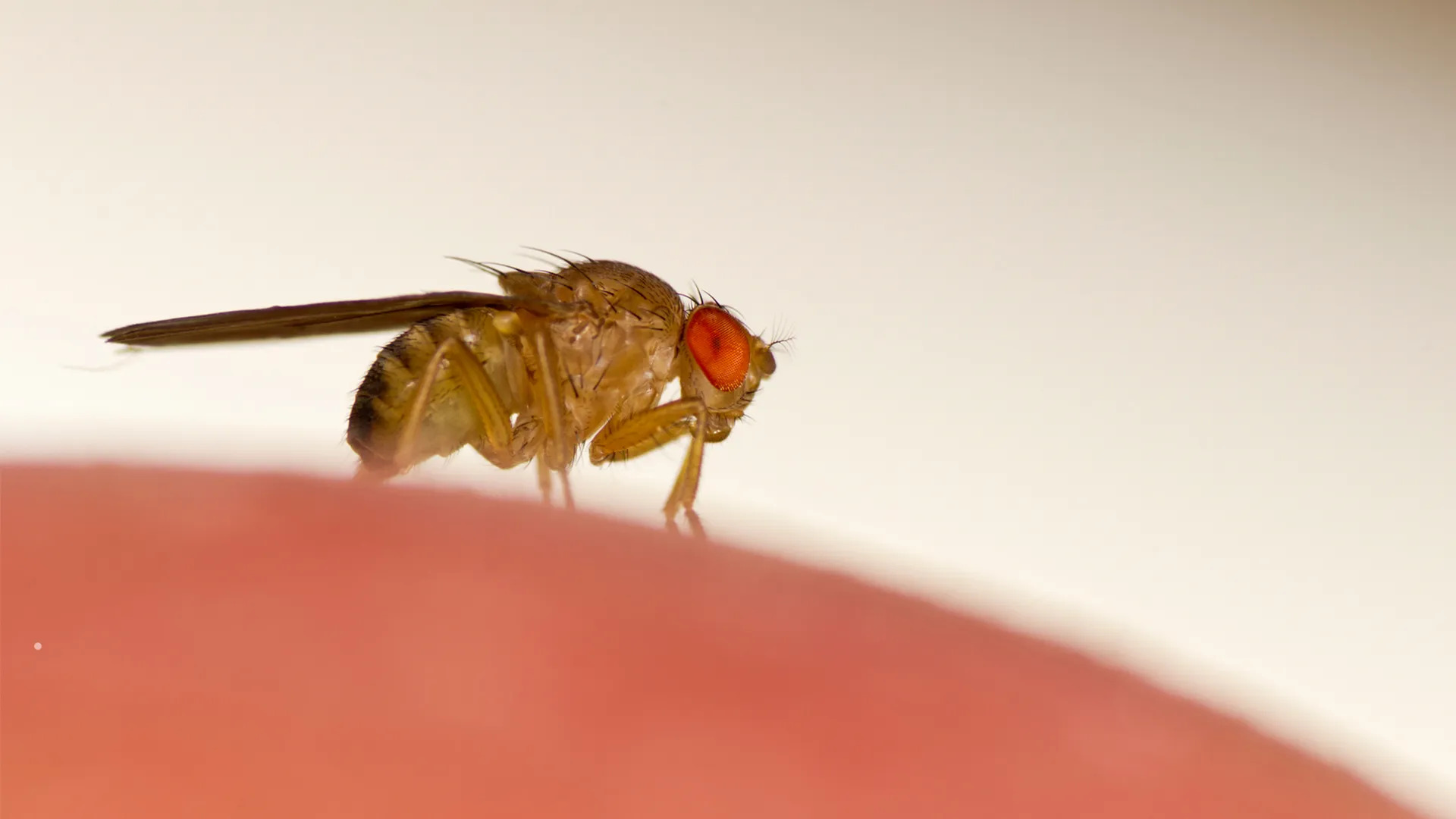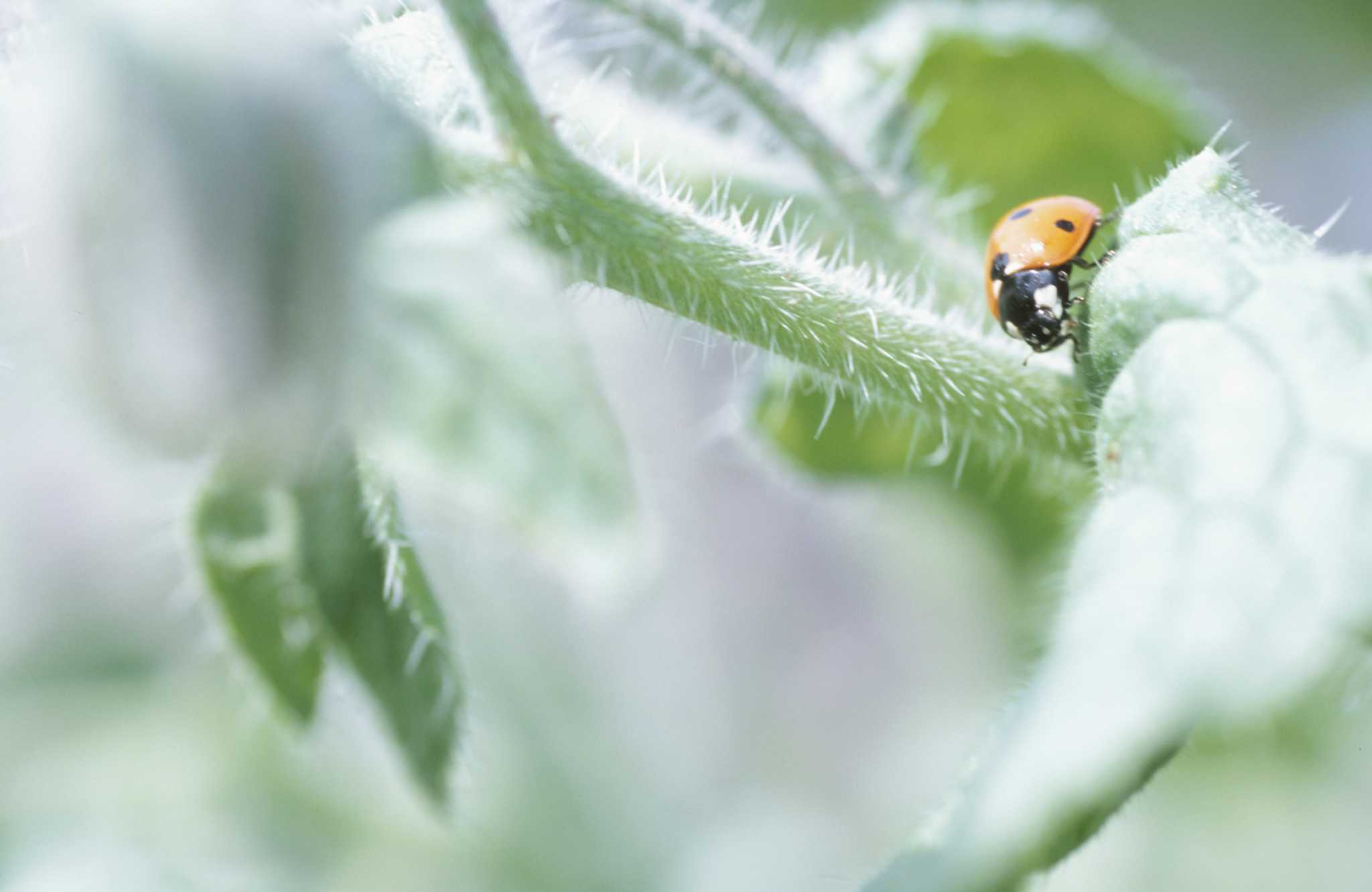Home>Types of Gardening>Ornamental Gardening>What Pollinators Do Sunflowers Attract


Ornamental Gardening
What Pollinators Do Sunflowers Attract
Published: December 19, 2023
Discover the role of sunflowers in attracting pollinators and enhancing your ornamental gardening with their vibrant blooms and ecological benefits. Learn how to create a pollinator-friendly garden with sunflowers.
(Many of the links in this article redirect to a specific reviewed product. Your purchase of these products through affiliate links helps to generate commission for Chicagolandgardening.com, at no extra cost. Learn more)
Table of Contents
Introduction
Welcome to the vibrant world of ornamental gardening, where every bloom tells a story of beauty and purpose. In this article, we delve into the captivating realm of sunflowers and their remarkable ability to attract pollinators. Sunflowers, with their radiant petals and imposing stature, have long been a favorite among gardeners and nature enthusiasts alike. However, their allure extends far beyond their visual appeal. These iconic blooms play a vital role in supporting the ecosystem by drawing in a diverse array of pollinators, thereby contributing to the cycle of life in the garden.
As we embark on this exploration, we will uncover the intricate relationship between sunflowers and pollinators, shedding light on the fascinating mechanisms that drive this natural synergy. From the bustling activity of bees to the graceful fluttering of butterflies, sunflowers beckon an assortment of pollinators, each playing a unique part in the pollination process. Join us as we unravel the mysteries of sunflower pollination and gain a deeper appreciation for these resplendent blooms and the bustling ecosystem they sustain.
Importance of Pollinators
Pollinators are the unsung heroes of the natural world, diligently carrying out the crucial task of transferring pollen from one flower to another. This seemingly simple act is, in fact, the linchpin of biodiversity and the foundation of our food supply. The significance of pollinators reverberates throughout the ecosystem, as they facilitate the reproduction of flowering plants, including many of the fruits, vegetables, and ornamental flowers that grace our gardens and adorn our tables.
Without the diligent work of pollinators, the intricate tapestry of life would unravel, leading to a stark decline in plant diversity and the subsequent ripple effects across the food chain. Bees, butterflies, hummingbirds, and other pollinators play a pivotal role in ensuring the continued abundance of flowering plants, thereby sustaining the habitats of countless other organisms. Their tireless efforts not only contribute to the splendor of natural landscapes but also bolster agricultural productivity, ultimately influencing the availability and variety of foods that nourish both wildlife and humans.
Furthermore, the interdependence between pollinators and plants underscores the delicate balance of nature, highlighting the interconnectedness of living organisms within ecosystems. By fostering the health and resilience of plant populations, pollinators fortify the foundation of terrestrial life, fostering a harmonious coexistence that is essential for the perpetuation of diverse and thriving ecosystems.
Sunflower Pollination
At the heart of a sunflower’s splendor lies the intricate process of pollination, a fundamental mechanism that underpins the perpetuation of these majestic blooms. Sunflowers, with their large and conspicuous inflorescences, provide an inviting landing pad for a myriad of pollinators, beckoning them with the promise of nectar and pollen. The process of sunflower pollination unfolds as these pollinators flit from bloom to bloom, inadvertently transferring pollen grains and catalyzing the union of male and female reproductive structures within the flowers.
Central to sunflower pollination is the striking radial symmetry of the flower head, which comprises hundreds of individual florets, each housing the essential reproductive organs. The disk florets, clustered at the center, contain both male and female reproductive parts, while the ray florets, arranged in a captivating sunburst pattern, bear only the female reproductive structures. This unique floral architecture not only captivates the eye but also serves as a strategic design to entice and accommodate a diverse array of pollinators, ensuring the efficient transfer of pollen for successful fertilization.
As pollinators alight upon the broad, sunlit faces of these blooms, they inadvertently brush against the abundant pollen, which adheres to their bodies and is subsequently transported to neighboring flowers as they forage for nectar. This interplay between sunflowers and their pollinators culminates in the vital exchange of genetic material, ultimately leading to the formation of seeds within the developing flower heads. Thus, the mesmerizing spectacle of sunflower pollination unfolds, driven by the harmonious partnership between the blooms and their dedicated pollinators.
Types of Pollinators Attracted to Sunflowers
Sunflowers, with their resplendent blooms and abundant pollen and nectar resources, beckon a diverse array of pollinators, each contributing to the intricate choreography of sunflower pollination. Among the most prominent visitors to these radiant blooms are bees, whose industrious foraging habits make them invaluable pollinators. Bumblebees, honeybees, and solitary bees are commonly observed amidst the sunflower patch, diligently collecting pollen and nectar while inadvertently transferring pollen from flower to flower.
Butterflies, with their graceful flight and delicate probing proboscis, are also frequent patrons of sunflowers, drawn to the ample reserves of nectar concealed within the intricate florets. As these ethereal visitors flit from bloom to bloom, they play a vital role in the pollination process, their slender legs inadvertently carrying pollen from one flower to another. The vibrant hues of butterflies harmonize with the sunny countenance of sunflowers, creating a captivating spectacle that epitomizes the beauty of nature’s interwoven tapestry.
Additionally, the alluring blooms of sunflowers attract an avian contingent, with hummingbirds making notable appearances as they seek out the nectar concealed within the tubular ray florets. Their swift and agile movements, accompanied by the gentle whirring of their wings, make them adept pollinators, as they transfer pollen while indulging in the floral bounty. These diminutive avian ambassadors contribute to the dynamic ecosystem of sunflower pollination, adding a touch of aerial elegance to the bustling activity within the sunflower patch.
Furthermore, other insects, such as beetles and flies, are also drawn to the abundant resources offered by sunflowers, albeit with less finesse than their winged counterparts. Their sporadic visits, though less efficient in terms of pollination, underscore the inclusive nature of sunflower pollination, welcoming an assorted ensemble of pollinators that collectively contribute to the reproductive success of these iconic blooms.
Factors Affecting Sunflower Pollination
Several factors intricately shape the process of sunflower pollination, influencing the efficiency and success of this vital reproductive mechanism. One of the foremost determinants is the prevailing weather conditions, particularly during the flowering period. Adequate sunlight and moderate temperatures are conducive to the activity of pollinators, encouraging their foraging behavior and enhancing the transfer of pollen between flowers. Conversely, inclement weather, such as heavy rainfall or strong winds, can impede the foraging activities of pollinators and disrupt the delicate process of sunflower pollination.
The genetic diversity of sunflower cultivars also plays a pivotal role in pollination success. Cultivars that exhibit a broad array of floral traits, such as petal color, size, and shape, have been observed to attract a more diverse spectrum of pollinators, thereby bolstering the overall efficiency of pollination. Furthermore, the arrangement and accessibility of the reproductive structures within the sunflower inflorescence influence the ease with which pollinators can access pollen and nectar, consequently impacting the rate of successful pollination events.
A critical consideration in sunflower pollination is the presence of suitable habitat and foraging resources for pollinators in the surrounding landscape. The availability of diverse flowering plants, providing a continuous supply of nectar and pollen throughout the growing season, fosters robust populations of pollinators, ensuring their sustained presence within and around sunflower plantings. Moreover, the absence of chemical contaminants, such as pesticides and herbicides, in the vicinity of sunflower fields is essential to safeguard the health and foraging behavior of pollinators, thereby preserving the integrity of the pollination process.
Lastly, the temporal alignment of the flowering period of sunflowers with the peak activity of key pollinator species is a crucial determinant of pollination success. Synchronizing the bloom of sunflowers with the foraging patterns of bees, butterflies, and other pollinators optimizes the likelihood of effective pollen transfer, enhancing the overall reproductive output of sunflower crops and ornamental plantings alike.
Conclusion
The enchanting allure of sunflowers extends far beyond their visual splendor, encompassing a vibrant tapestry of ecological interactions that underpin their pollination. From the diligent industry of bees to the graceful elegance of butterflies and the aerial prowess of hummingbirds, sunflowers beckon an array of pollinators, each playing a unique role in the vital process of fertilization. This captivating dance between the blooms and their visitors epitomizes the intricate web of life within the garden, underscoring the profound significance of pollinators in sustaining the splendor of flowering plants.
As we have delved into the nuances of sunflower pollination, we have unveiled the myriad factors that shape this essential process, from the influence of weather conditions and genetic diversity to the pivotal role of habitat and temporal alignment. These insights not only deepen our understanding of sunflower pollination but also underscore the delicate balance that underlies the coexistence of plants and pollinators within the natural world.
Ultimately, the synergy between sunflowers and their diverse array of pollinators serves as a poignant reminder of the interconnectedness of life, highlighting the profound interdependence between flowering plants and the creatures that facilitate their reproduction. By nurturing the health and resilience of pollinator populations and fostering landscapes rich in floral diversity, we can continue to celebrate the timeless allure of sunflowers and perpetuate the vital legacy of pollination that sustains the beauty and abundance of the natural world.
